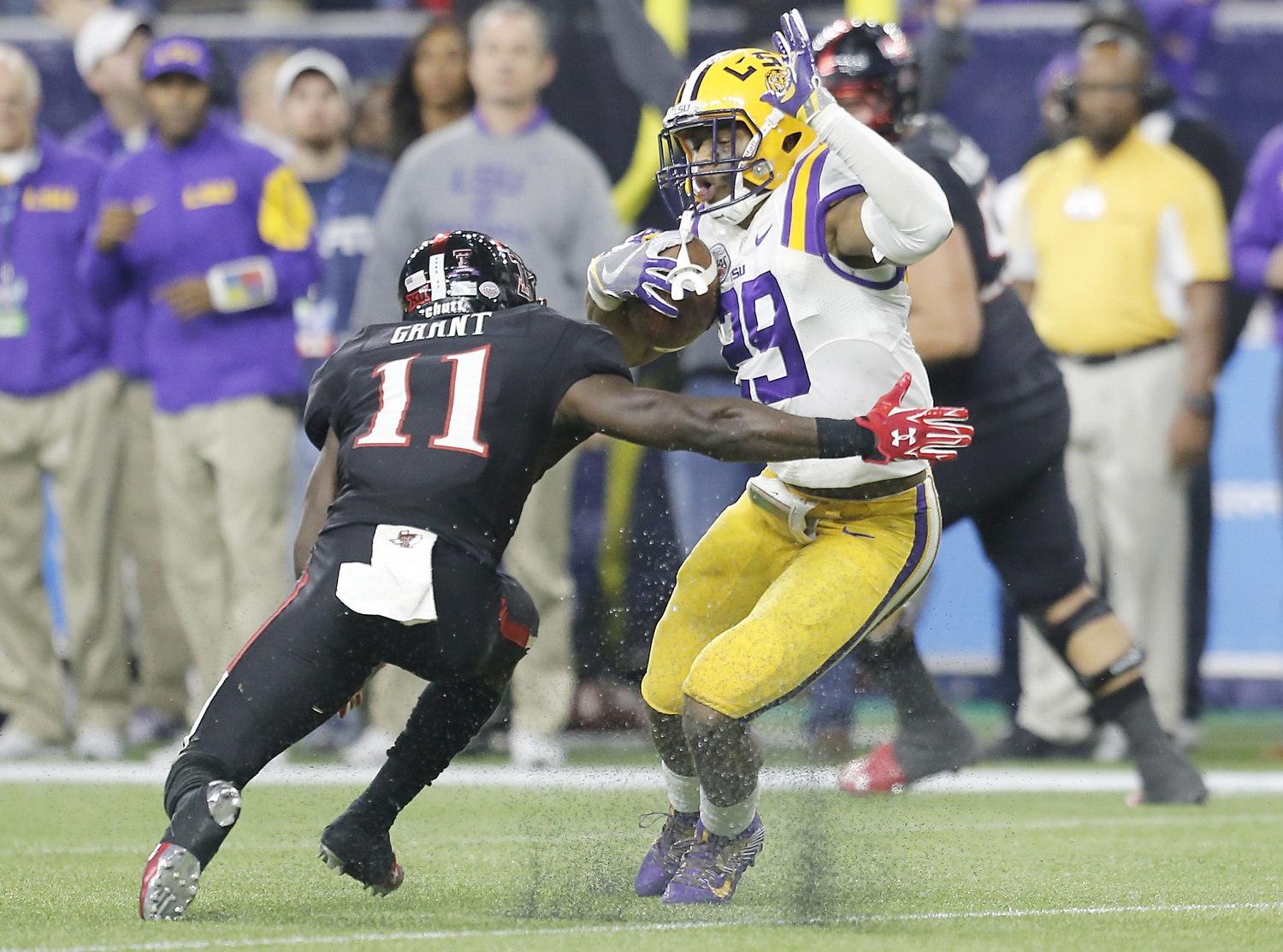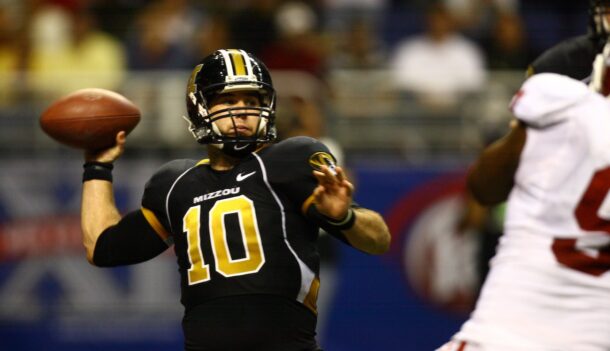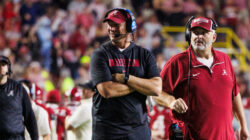
What happened to “DBU?”
LSU, the school that in the previous 10 years produced more NFL and All-American defensive backs than any other school in recent years, all of a sudden couldn’t cover anybody last year.
Even with the usual elite talent on the back end, the Tigers still finished 12th in the 14-team conference in both passing yards allowed (224 yards per game) and pass defense efficiency (123).
And worse, nobody in the SEC gave up more passing touchdowns per game than LSU, which surrendered an average of 1.8 (22 in 12 games).
The good news is, most of the key players are back and, while they were porous a season ago, they are still considered an elite bunch in terms of pure talent.
The bad news? Dave Aranda is the third Tigers defensive coordinator in three years. Can a defense that blew assignments repeatedly while learning Kevin Steele’s defense before he bolted for Auburn do a better job with Aranda?
Fifth-year secondary coach Corey Raymond will have his hands full making sure that happens.
Pass-rush
LSU did a pretty good job here, recording 2.83 sacks per game, third-best in the SEC.
Leading the way was defensive end Lewis Neal with 8 sacks, followed by Davon Godchaux (6) and Arden Key and Deion Jones (5 each).
All but Jones are back, but each returning sack artist is learning a new position. Godchaux will be at nose tackle, while Key is a hybrid outside linebacker/defensive end and Neal slides to a 3-4 defensive end spot, a different take on defensive end than what he played last year in the 4-3.
But there’s plenty of reason to think this bunch will be able to produce pressure. Aranda’s version of the 3-4 calls for more upfield pressure from the defensive front than the more standard version where the 3-4 linemen typically are asked to hold their ground.
And the scheme may actually help at least one of the three produce more (see next).
Sack artist
Don’t count out Neal as the guy offenses may fear most, but in this scheme, Key may be the guy to watch. As an outside linebacker in this scheme, Aranda can get creative in how he brings the speedy and long Key off the edge.
Sometimes, he’ll drop into coverage. Other times, he’ll bring pressure from a stand-up outside linebacker technique out wide. Other times, don’t be surprised if he ends up with his hand on the ground playing a technique similar to what he played last year as a 4-3 end.
Whatever angle he comes from, opponents won’t be able to over-emphasize getting him blocked. Godchaux can collapse the pocket from the middle, and the relentless Neal might create a double-team situation from his defensive end spot.
Throw in speedy and physical inside linebackers Kendell Beckwith and Duke Riley, and there’s going to be a lot on the offense’s mind other than worrying about what angle Key is coming from.
Add all that together, and the sophomore could have a monster year.
Ball in the air
Put simply, there’s way too much talent in the Tigers’ secondary for them to have allowed the numbers they gave up.
At one corner, Tre’Davious White could have left for the NFL, and many projected him to go somewhere in the second round had he not stayed in school. Opposite him, Kevin Toliver was one of the premier cornerback prospects in the 2015 recruiting class and made an immediate impact.
Dwayne Thomas, the third corner, is considered an NFL prospect and both starting safeties, Jamal Adams and Rickey Jefferson, possess pretty good coverage skills.
And LSU keeps adding to the talent. Saivion Smith and Kristian Fulton are elite cover corners coming out of high school and could make an immediate impact.
Often last year, the problem wasn’t a physical inability to cover superior receivers, but rather blown assignments. If Aranda can teach his scheme well enough that his players are consistently in the right place, there’s no physical reason this bunch should not cover well.
Pickoff artist
Adams can count among his many talents a knack for being around the ball. That’s a big reason why he led the team last year with 4 interceptions and 10 passes defended.
The safety is going to get opportunities the talented corners won’t. If Toliver and White do their jobs, the ball simply won’t come their way. Playing in the middle of the field, expect Adams to find the football coming to him more this year.
He clearly has a chance to be an All-American and a first-round draft pick.
Greatest concern
Aranda is the third defensive coordinator in as many seasons. That alone will make this season a challenge as the players have to master terminology, scheme reads and other fine details of what Aranda wants. And Aranda has to learn his personnel and how to fit them into his system.
If last season taught us anything, it’s that none of that is guaranteed to happen as planned.
Another concern to worry about: If LSU’s front proves to be too light to be effective in the 3-4 (with the 290-pound Godchaux as nose tackle) at stopping the run, a preoccupation at stopping the run might leave LSU vulnerable against the pass.
Better/worse in 2016?
Although there are reasons to worry, last year was such a worst-case scenario that it’s hard to imagine it being any worse this year.
Despite learning a new scheme, LSU has four starters back on the line, plus veterans in nickel and dime roles and talented young players behind them. This pass defense not only should be better than 12th in the SEC, it has the potential to be one of the better pass defenses in the league, if not the nation.







